Many inventions and discoveries have been made in order to facilitate human life smoothly. The discovery of current electricity is one such discovery that we are highly dependent on to make our life easier. Benjamin Franklin is credited with the discovery of electricity.
| Table of Contents |
What Is Current Electricity?
Current electricity is defined as the flow of electrons from one section of the circuit to another.
Electromotive Force (EMF) and Voltage:
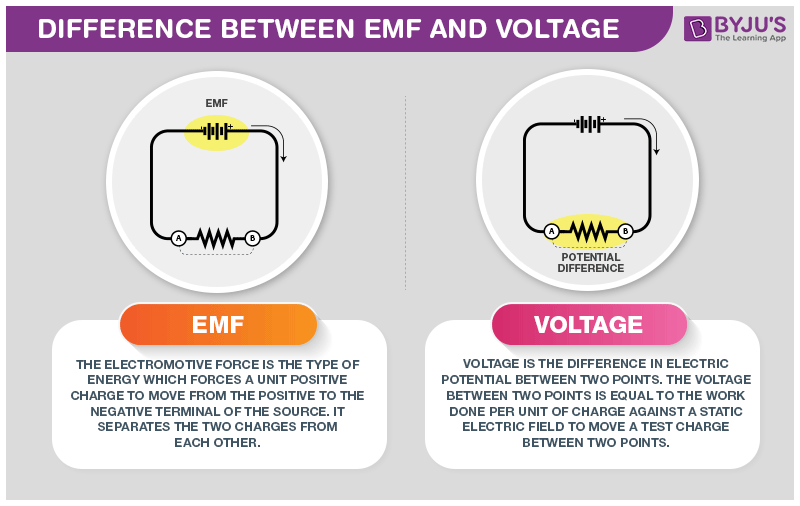
When two bodies at different potentials are linked with a wire, free electrons stream from Point 1 to Point 2, until both the objects reach the same potential, after which the current stops flowing. Until a potential difference is present throughout a conductor, current flows.
From the above analogy, we can define electromotive force and voltage as follows:
Electromotive Force Definition: Electromotive force is defined as the electric potential produced by either an electrochemical cell or by changing the magnetic field.
Voltage Definition: Voltage is defined as the electric potential difference between two points.
Read More:
Types of Current Electricity
There are two types of current electricity as follows:
- Direct Current (DC)
- Alternating Current (AC)
Direct Current
The current electricity whose direction remains the same is known as direct current. Direct current is defined by the constant flow of electrons from a region of high electron density to a region of low electron density. DC is used in many household appliances and applications that involve a battery.
Alternating Current
The current electricity that is bidirectional and keeps changing the direction of the charge flow is known as alternating current. The bidirectionality is caused by a sinusoidally varying current and voltage that reverse directions, creating a periodic back and forth motion for the current. The electrical outlets at our home and industries are supplied with alternating current.
Read More:
Generation of Current Electricity
Current electricity can be generated by the following methods:
- By moving a metal wire through a magnetic field (Both alternating current and direct current can be generated by the following method)
- By a battery through chemical reactions (Direct current can be generated through this method)
The video is a rapid revision of current electricity in physics for JEE Main, presented by Atiullah Sir through short notes.
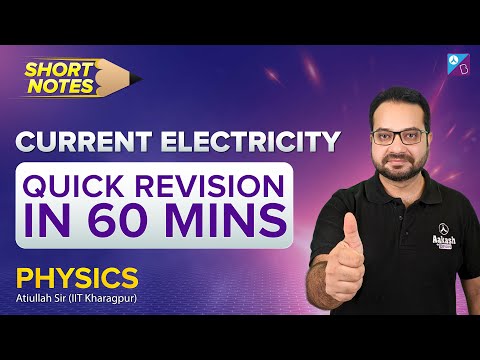
Relative Motion Between Magnetic Field and Coil
Note that this setup must be a part of an electric circuit, otherwise the electrons have nowhere to go and current electricity won’t be generated.
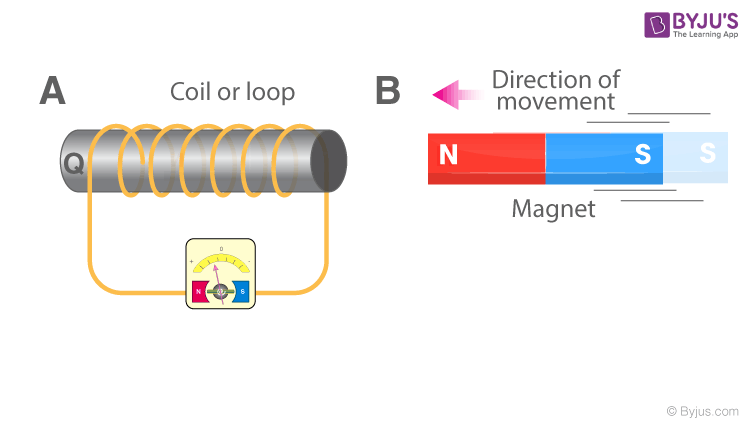
The direction of the magnetic field and the direction of the wire will determine the direction of the current through the wire.
Current Electricity vs Static Electricity
In this section, we will look into the difference between current electricity and static electricity:
What Is Static Electricity?
Static electricity refers to the electric charges that build up on the surface of materials or substances. These charges remain static until they are grounded, or discharged. This type of electricity is formed due to fiction. Basically, the phenomenon of static electricity arises when the positive and negative charges are separated.
Now let us look at the various differences between static electricity and current electricity.
| Current Electricity | Static Electricity |
| The electricity due to the flow of electrons is known as current electricity. | The electricity built on the surface of a substance is known as static electricity. |
| Current electricity is generated by power plants and batteries. | Static electricity is generated when objects are rubbed against each other resulting in charge transfer. |
| Current electricity is controlled. | Static electricity is uncontrolled. |
| The electricity that is used to power up electronic devices is an example of current electricity. | The shock experienced while touching a doorknob is an example of static electricity. |
Recommended Videos
JEE FAQs on the topic of current electricity
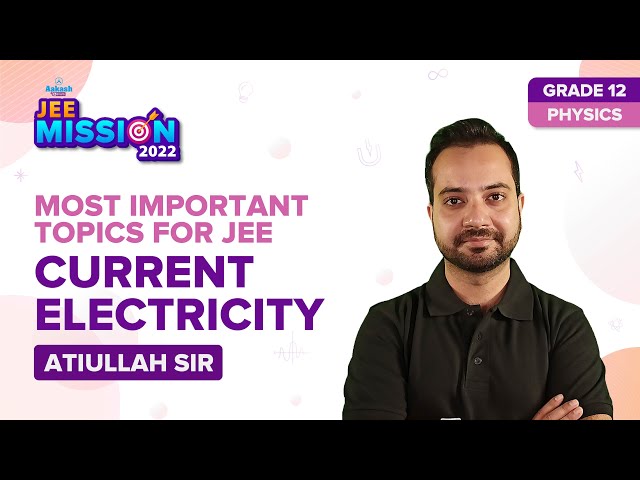
Revision: the chapter Electricity Class 10

Frequently Asked Questions – FAQs
What is current electricity in Physics?
How is current electricity different from static electricity?
How does current electricity work?
Do circuits use static or current electricity?
Who discovered the current electricity?
The below video helps to revise the chapter Magnetic Effects of Electric Current
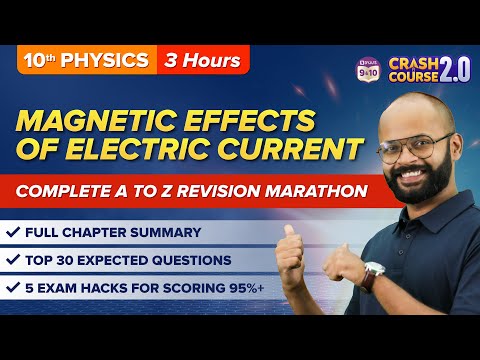
Stay tuned with “BYJU’S – The learning app” for more such interesting information with engaging videos!

Very helpful
It is wonderful and helps a lot.
Students benefit from this.
Thanks !!
Good
Very nice